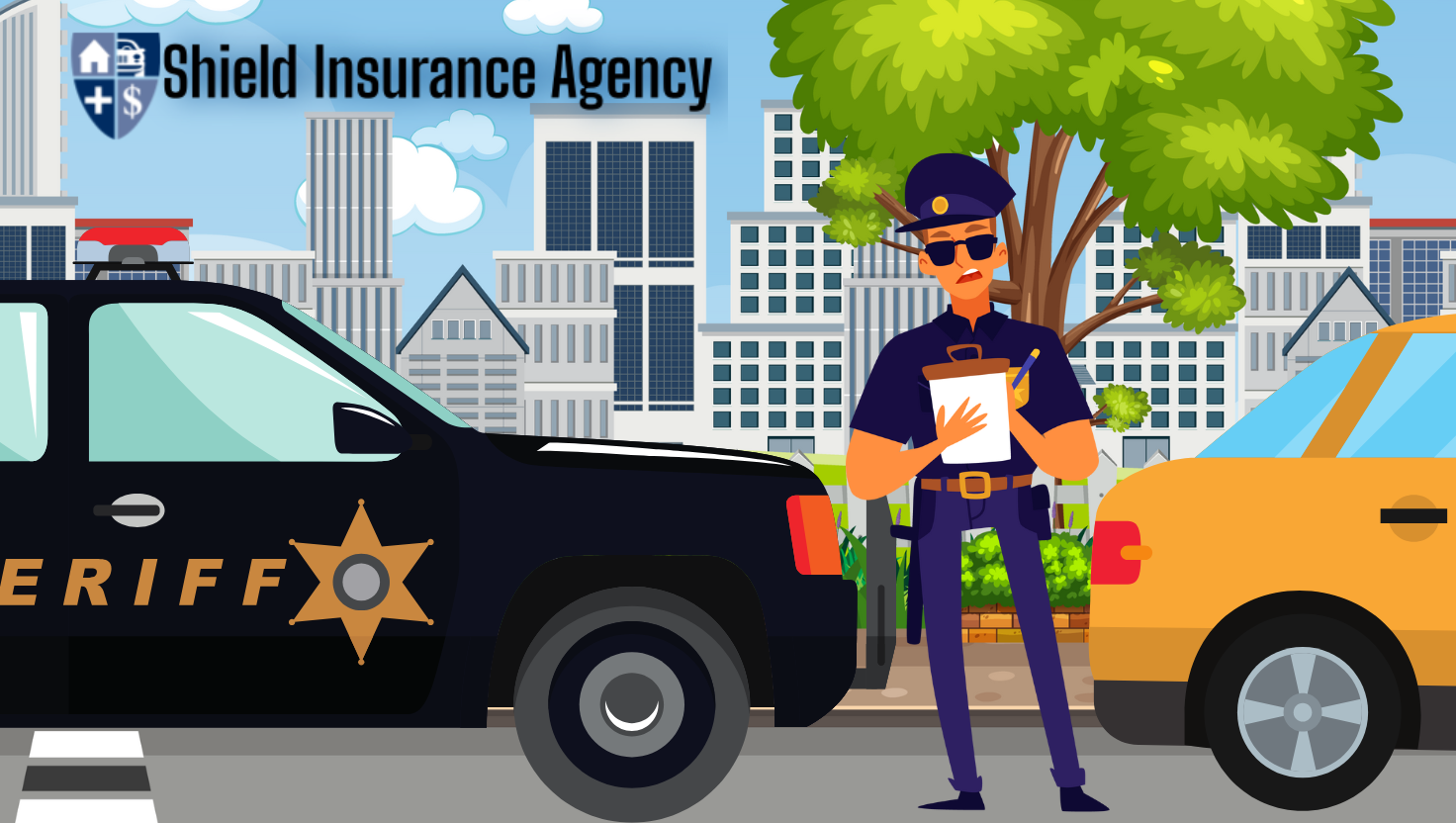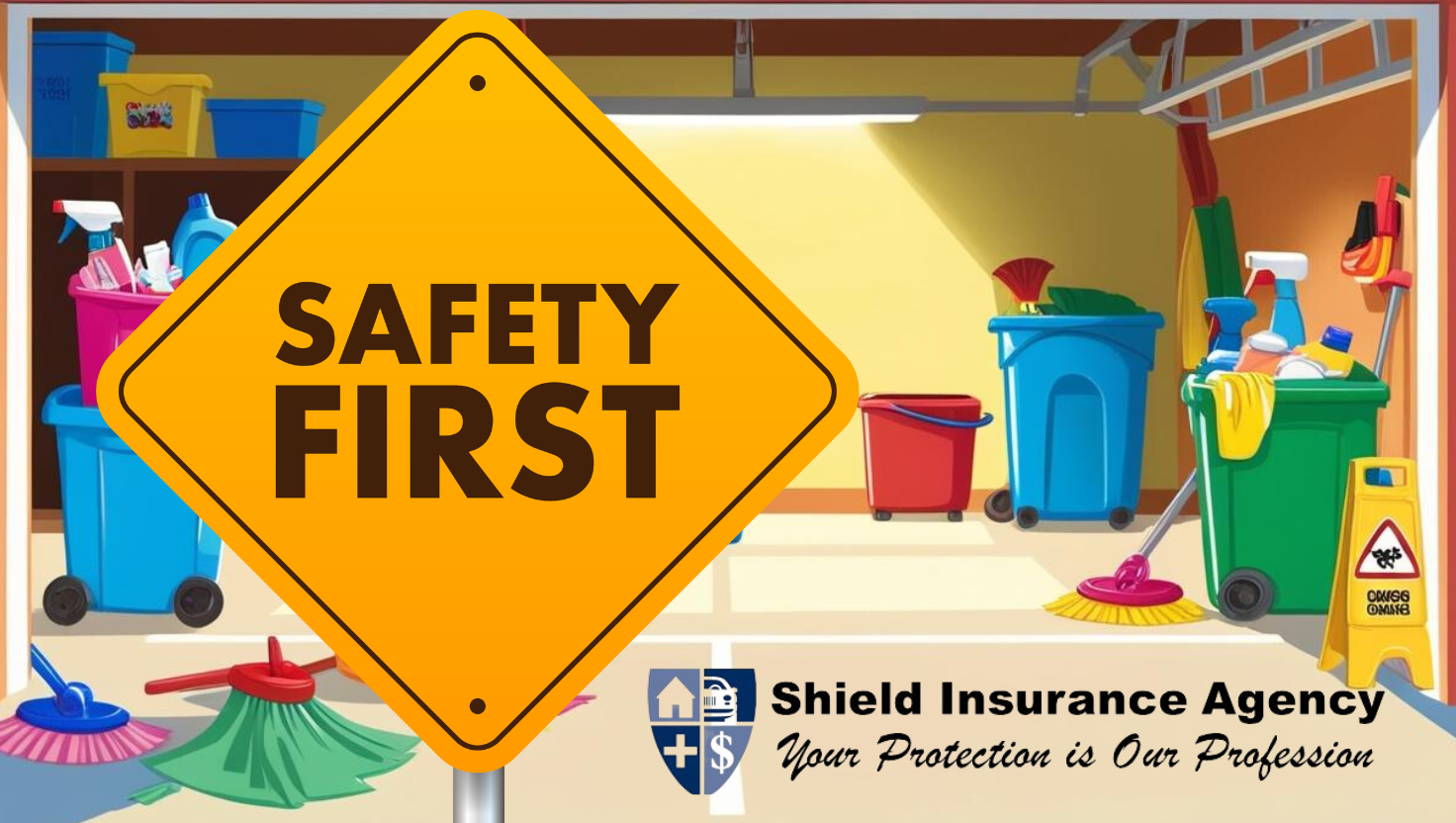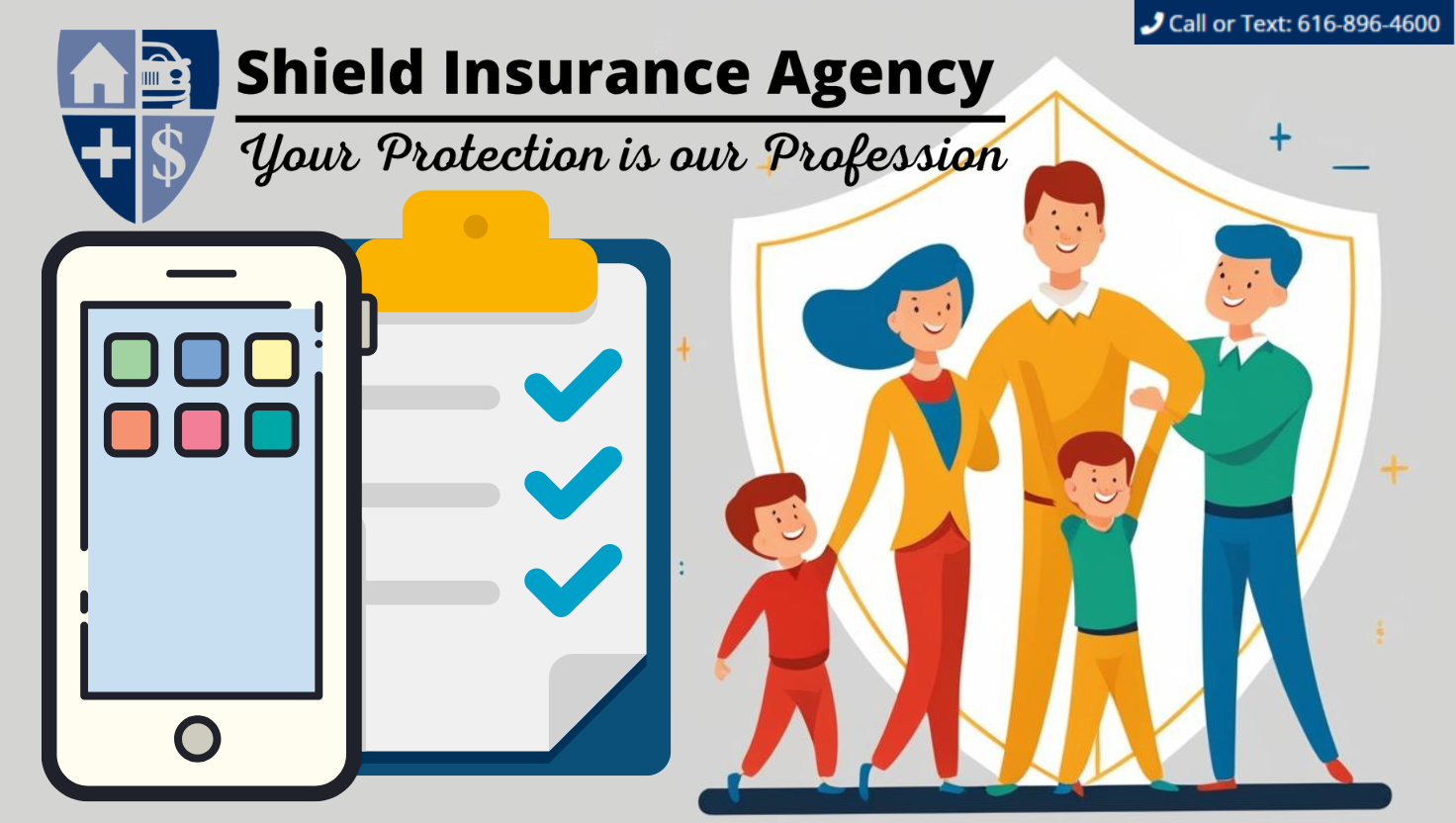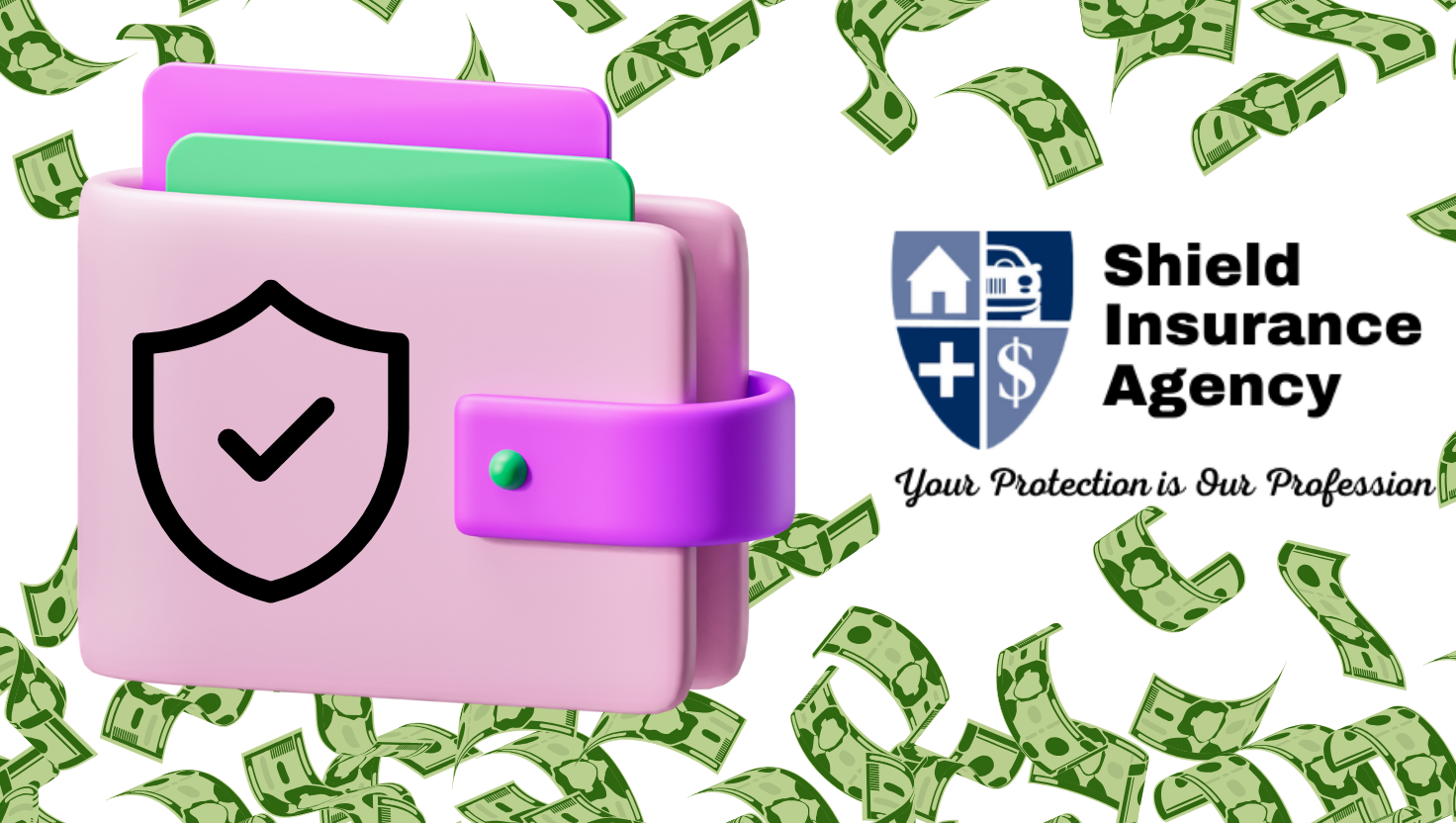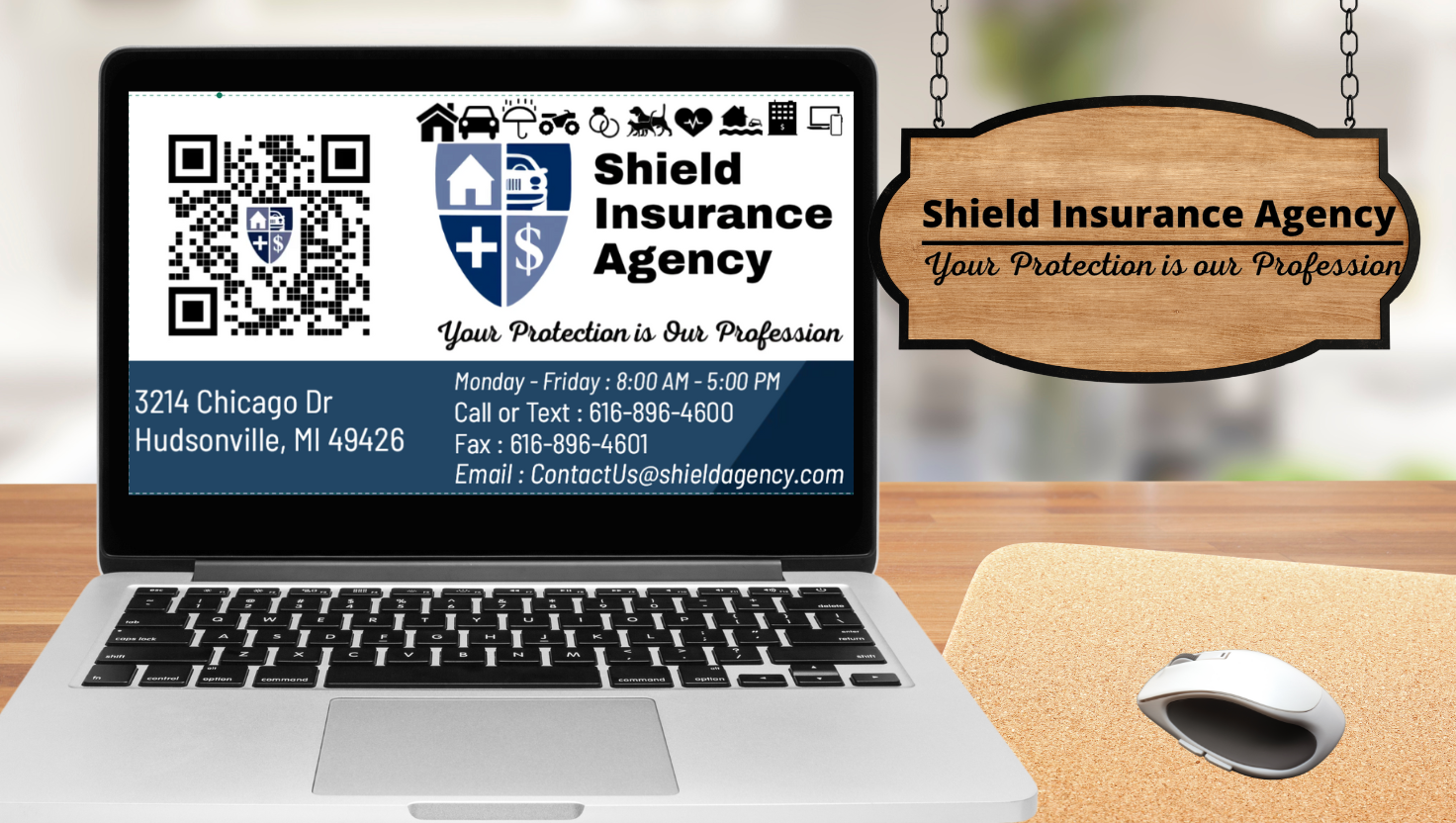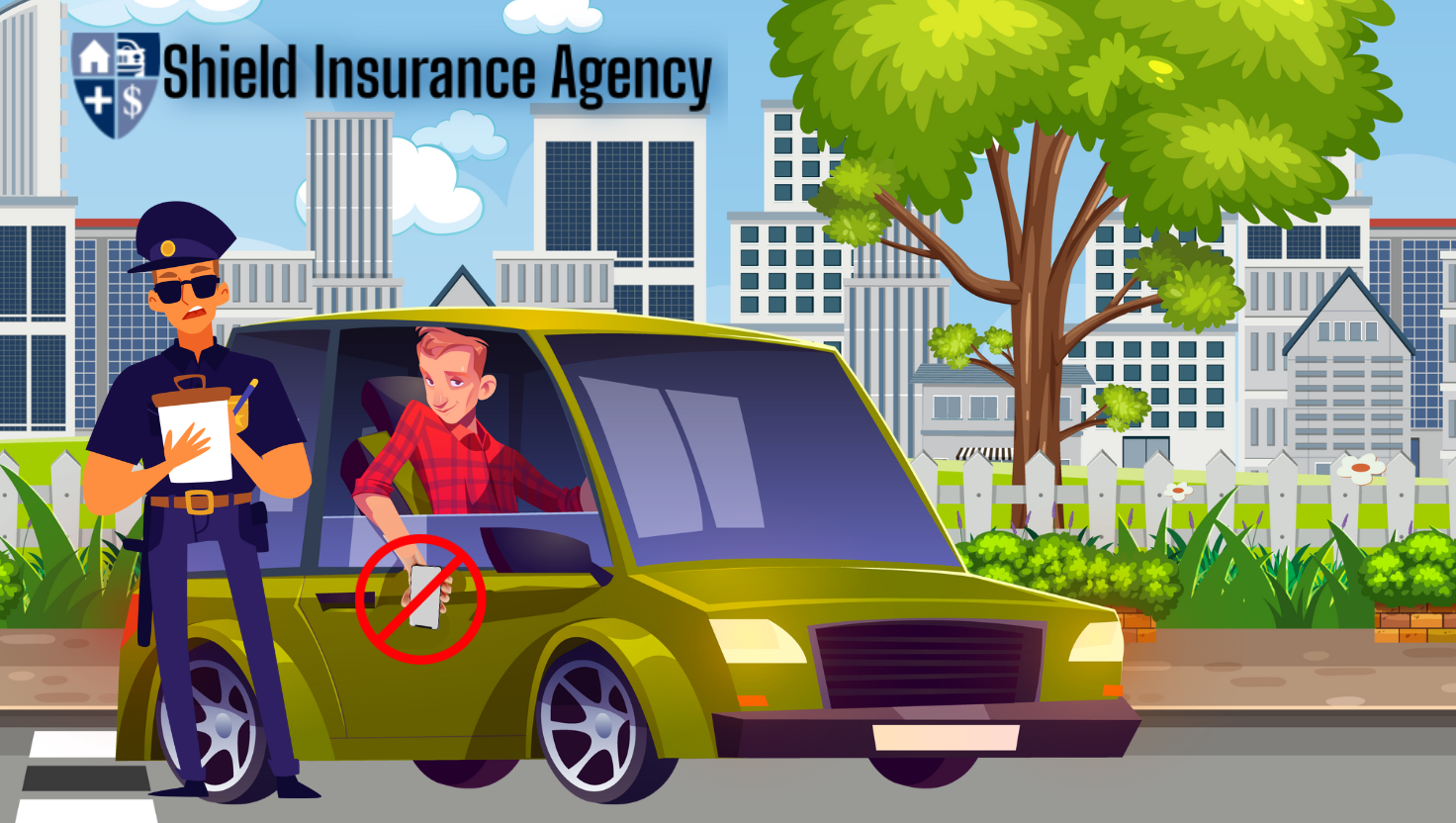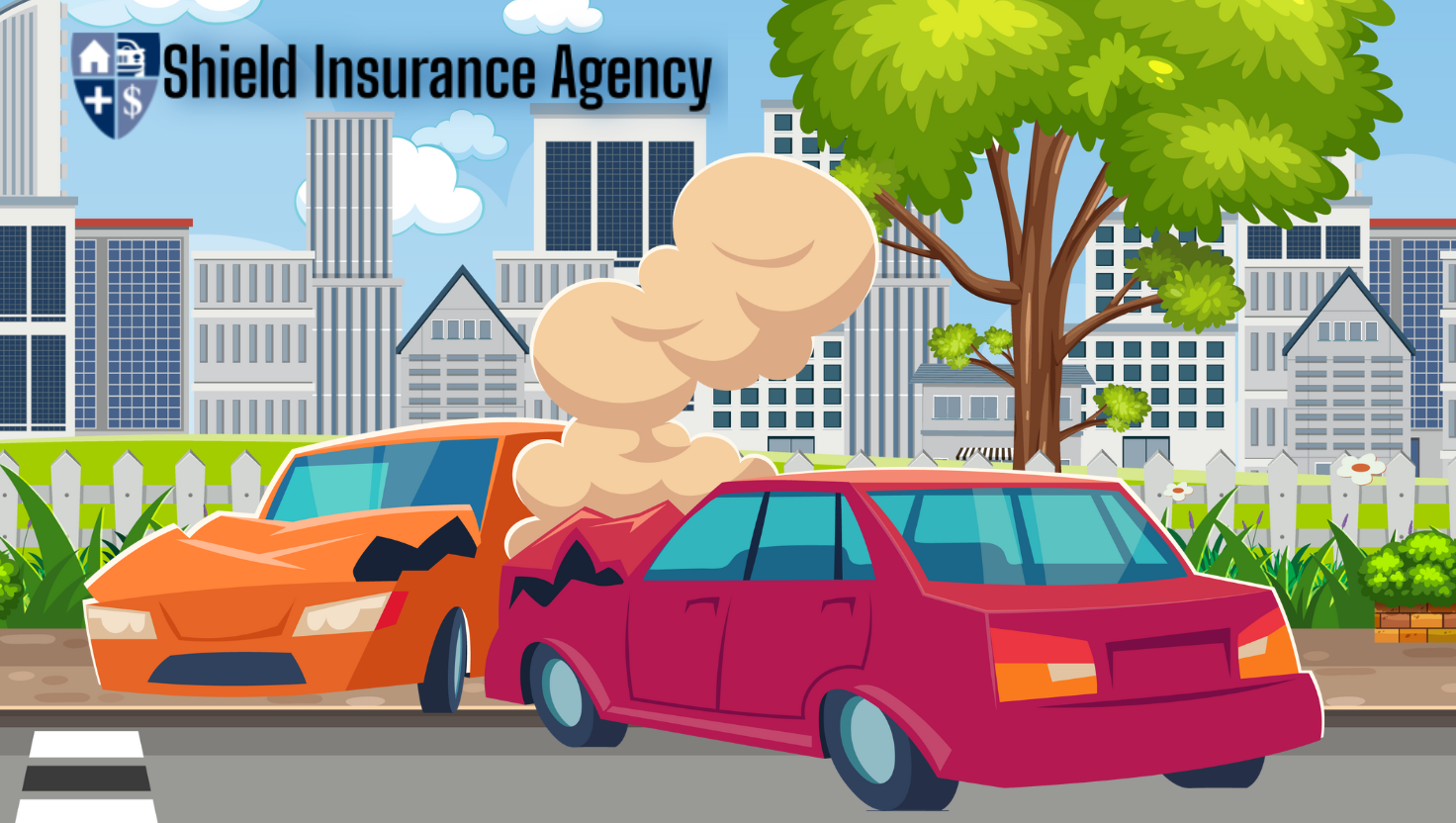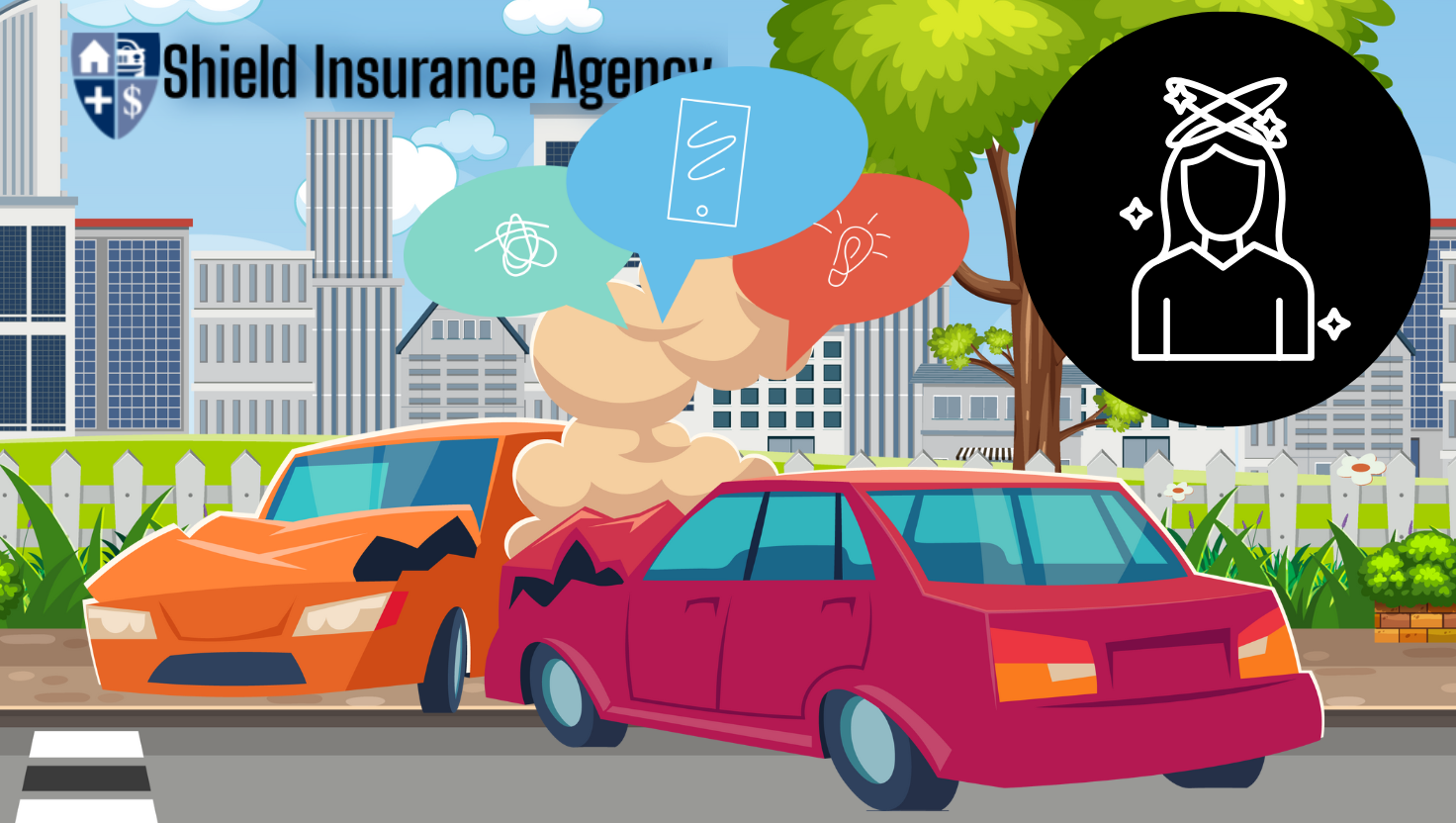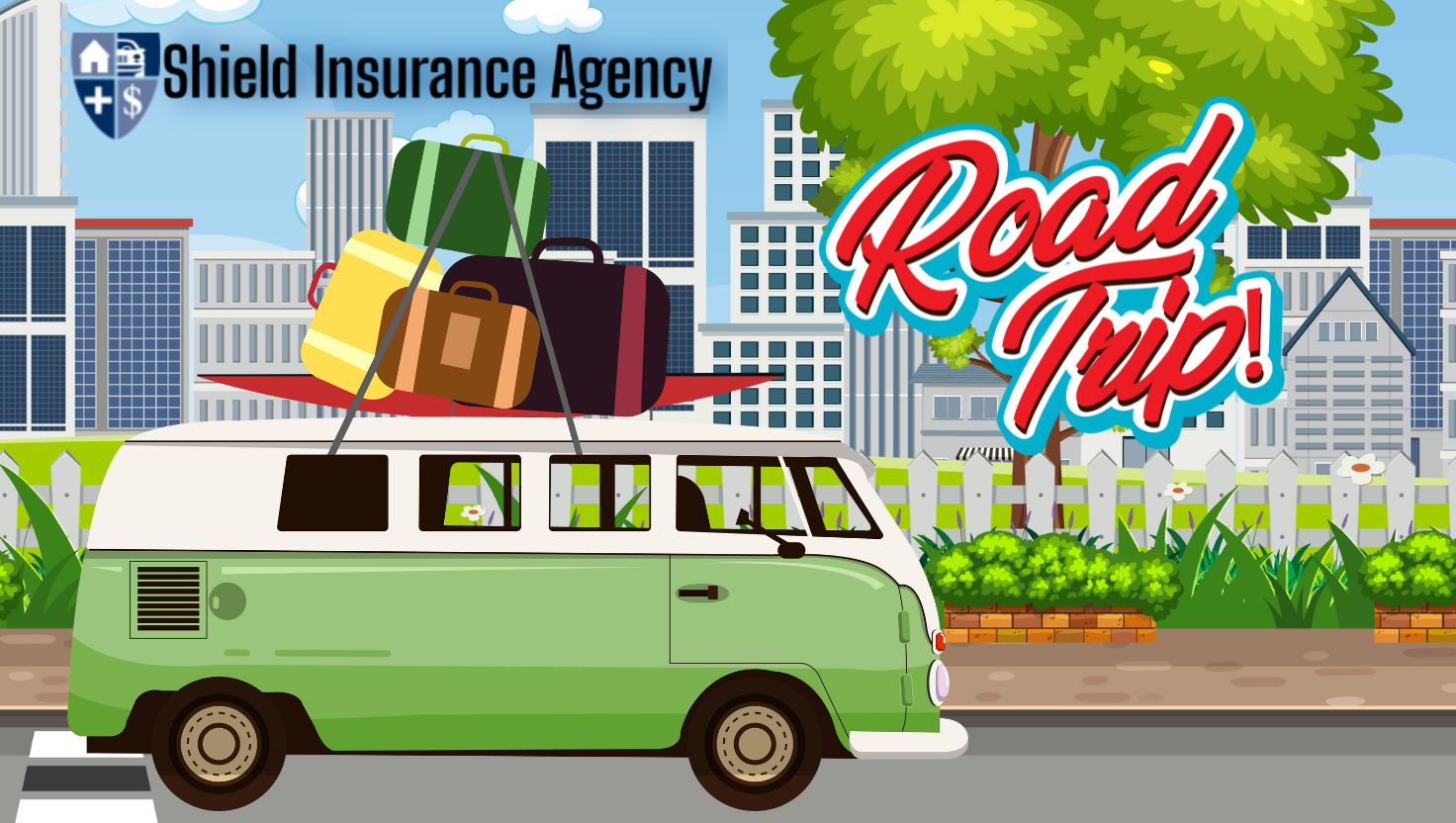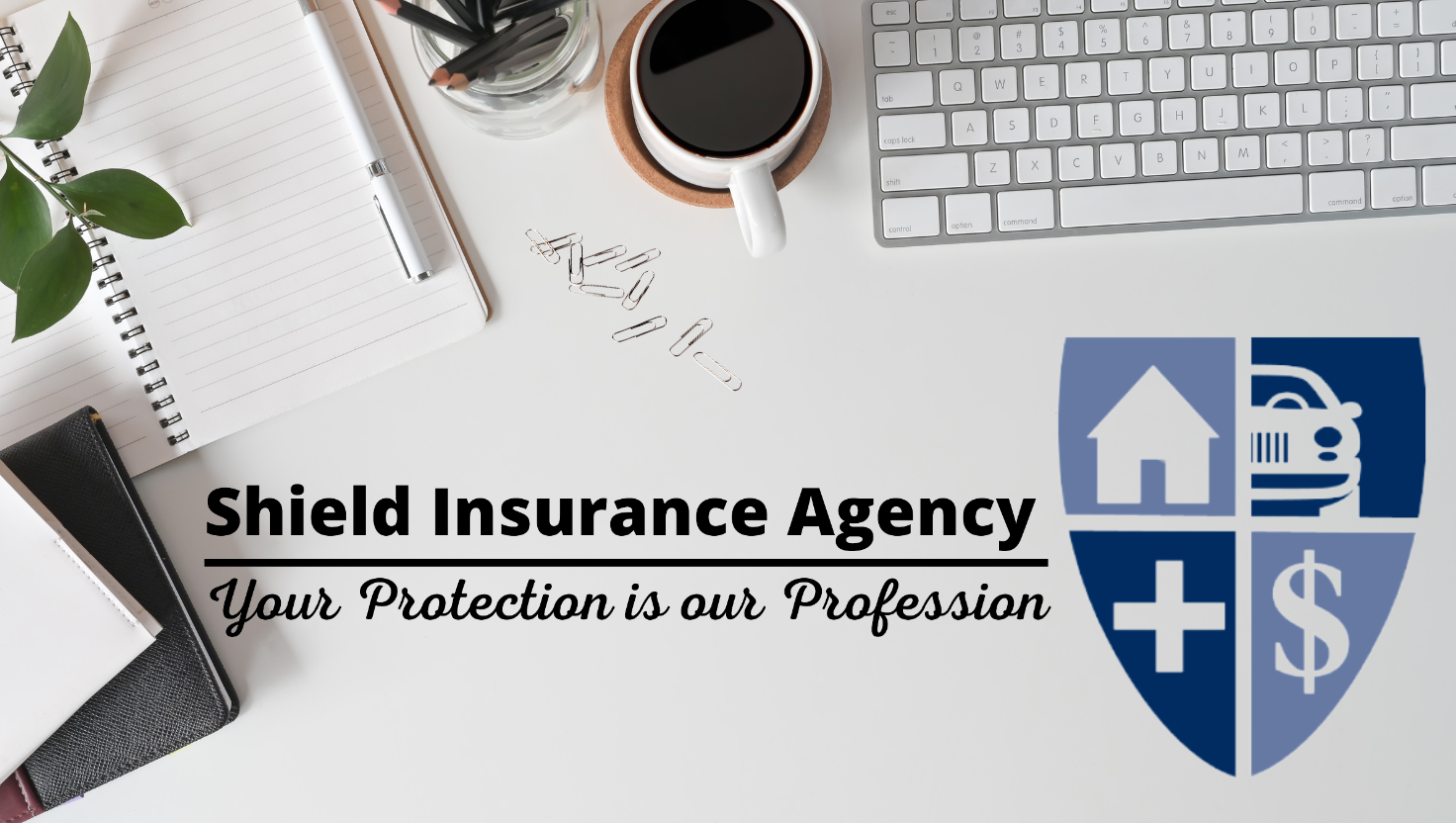
Independent Agents vs. Captive Agents
When you’re in the market for insurance, whether it’s home, auto or commercial insurance, you typically work with an agent who can help you find a policy that meets your needs. But most people don’t know that there are two different kinds of insurance agents—captive and independent agents.
So what is an independent insurance agent vs. a captive insurance agent? In short, captive insurance agents are contracted to work for one insurance company and can only sell that company’s policies. On the other hand, independent agents are contracted to work with a variety of insurance companies and can sell policies from multiple providers.
As a consumer, it’s important to understand the distinctions between captive and independent agents. Although they sound the same, some people may benefit from working with a captive agent and others with an independent agent. In this article, we’ll explain the key differences and help you decide which agent is best for you.
Captive Agents
Most of the major insurance companies, like State Farm, Allstate and Farmers, use captive agents to sell their insurance products. Their agents are only selling policies from that one insurer, so the agents are experts at knowing the different policies available, discounts and coverage add-ons for their one carrier.
Because of that, they can be helpful for people who are buying insurance for the first time or for people who aren’t sure how much coverage to purchase.
Client satisfaction is crucial for captive agents because they get a commission for every earned sale. However, their commission rate tends to be lower than for independent agents because they are also paid a salary from the insurance company and get financial assistance with costs like advertising and hiring.
Independent Agents
Independent agents partner with several insurance companies of their choosing to sell certain policies from each provider. For example, an independent agent might contract with Pioneer Insurance, Frankenmuth Insurance,and Citizens Insurance and sell any of their auto and home insurance policies.
Many consumers like working an independent insurance agent because an independent agent gives the customer more options. They aren’t locked into purchasing from a small number of plans that might be too expensive or not a great fit for their coverage needs. Those options help people shop around for plans before settling on one.
Which is better?
Generally speaking, there isn’t one better type of insurance agent. Whether you choose to work with a captive agent or an independent agent depends on you.
The main benefit of working with a captive agent is that they have extensive knowledge of their insurers products and policies, because they have one carrier. However, working with a captive agent tends to be more expensive, due to extra fees that the insurance company charges.
If you work with an independent agent, you’ll get more options, which also means a wider price range. But independent agents have in-depth knowledge about numerous carriers, where captives only need to learn one. Also, independent agents usually charge less because there isn’t one parent company to support.
If you’re concerned with keeping costs low, working with an independent agent will save you money. Keep in mind that you should already have a general idea of what you’re looking for before meeting with an agent.
Frequently asked questions
What type of insurance do independent agents and captive agents sell?
Both independent and captive agents can sell any kind of insurance they want. Some choose to sell every product that an insurer offers, while others specialize in a few areas, like home and life insurance.
Should I choose an independent agent or a captive agent?
There are a few main reasons why you would choose an independent vs. a captive agent. The first is cost—working with an independent agent will be cheaper than working with a captive agent. Secondly, independent agents can offer a wider variety of plans, so you have more choices and a wider price range to work from.




